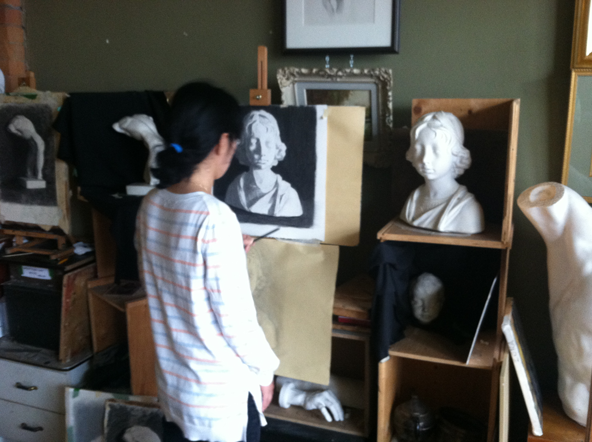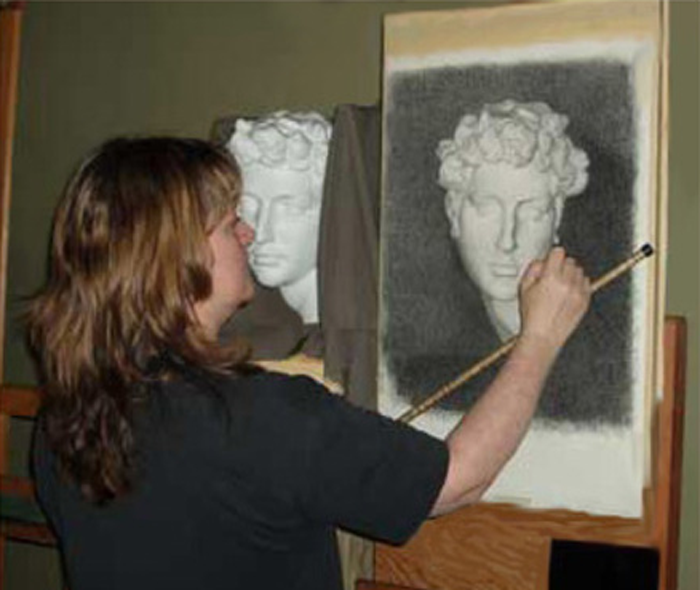
Study from the Cast in Natural Light
Sight-Size and Comparative Methods
Following the completion of two or three Bargue copies, the student moves on to producing drawings in the round from plaster cast sculptural replicas. (This step-by-step approach very much represents the way drawing was taught for four to five hundred years or so, up until this past century where things started to get more and more away from traditional instruction). It is during this jump from the flat to the round that the AAC acknowledges the benefits of sight-size work and makes use of this widely used method. The limited benefits of the sight-size method are well suited for the first few cast drawings – introducing the student to the new challenges of drawing in the round in the most controlled way possible. However, the method possesses limitations which can prove habit forming. For this reason it is abandoned at the earliest possible time in order to develop the student's artistic sense of relative proportion in a way that will prove more welcoming to sound artistic decision making later on in the student's development.
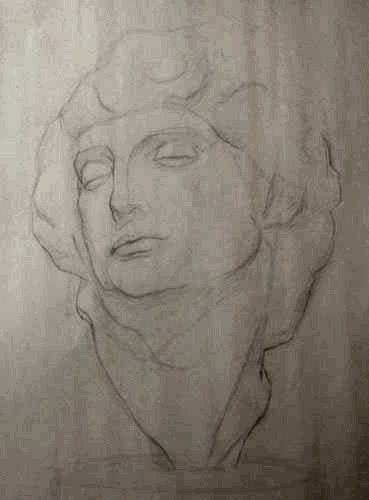
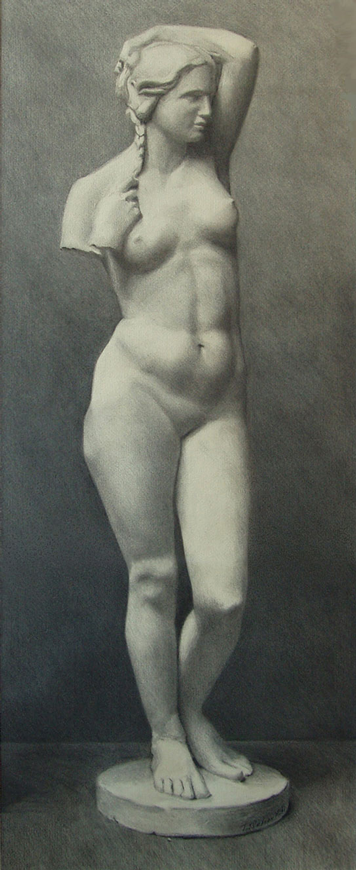
It is understood by the directors and instructors of the AAC that too much valuable academic training time can be allotted to the production of 'finished' renderings. Students are required to accomplish a good number of fully rendered drawings. However this aspect of things is kept in balance by also having the student, on an ongoing basis, produce multiple, quicker, more essential studies of important aspects of visual truth in order to more efficiently strengthen their visual vocabulary. This provides the student with a more useful foundation for when they will eventually have to make decisions from the life model – aiding them in what to play up and what to play down, what to select and what to leave out. Once again, this approach is more challenging for the student in the outset, and in a sense less immediately rewarding, as fewer finished drawings are made, but in the long run, far more fruitful because it ensures the student will eventually experience the second chief benefit of their academic undertaking beyond accuracy – that is the successful development of decisive and effective powers of observation, orchestration and selection – for it is these which will free the student from literal constraints imposed on their powers of expression.
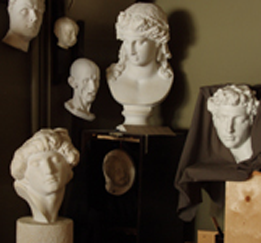
The directors and instructors at the AAC have studied the masters considerably in museum archives such as the Gabinetto i Disegni e Stampe degli Uffizi in Florence. One thing that became very apparent in sifting through original master drawing folios, is that the focus of the Old Masters was hardly ever on technically finished drawings with regards to rendering and instead, almost always on learning how to observe and re-observe toward more successful artistic conclusions. The design aspects of things was central to the masters and the parallel AAC artistic philosophy is geared to the same purpose – making sure the student learns to conceive artistically as opposed to becoming a literal mimicker of shapes and tones.
